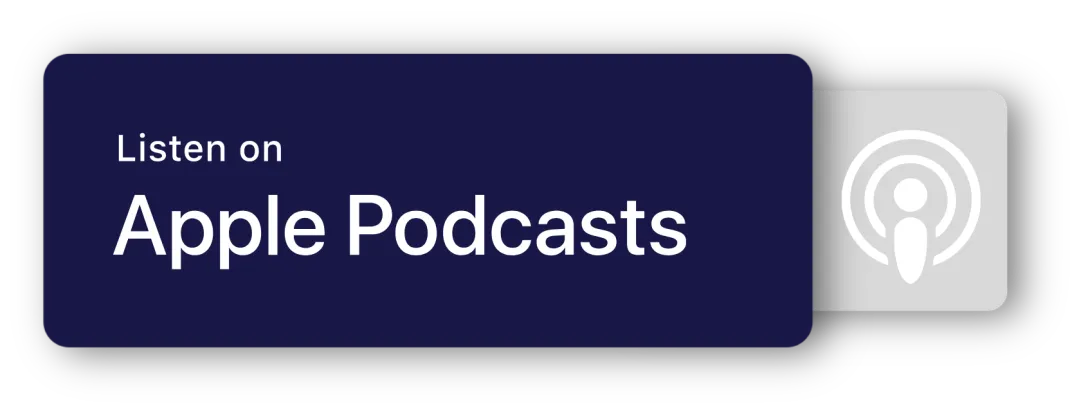
The Follow-Up Factor: How Consistent Communication Helps You Close More Deals
A deal isn’t closed the moment a prospect expresses interest. The reality is that most sales happen after multiple touchpoints, yet many salespeople stop following up too soon. Studies show that nearly 80% of sales require at least five follow-up interactions, but nearly half of sales professionals give up after just one attempt. That gap represents countless missed opportunities to close sales.
The key to closing more sales lies in consistent, well-timed follow-ups. When done correctly, follow-ups keep leads engaged, build trust, and create opportunities to reinforce value. However, manual follow-ups can be time-consuming, and without a structured approach, leads can slip through the cracks. This is where automation and AI-driven solutions can transform the process, ensuring that follow-ups happen seamlessly while maintaining a personal touch.
Why Follow-Ups Are Essential
Following up is more than a routine sales tactic—it’s a fundamental part of guiding a lead through the buying process. A prospect may express initial interest, but that doesn’t mean they’re ready to commit. They may need more information, have lingering doubts, or simply get busy with other priorities.
A well-timed follow-up reminds them of their initial interest, answers their questions, and reinforces the value of your product or service. It also shows that you’re invested in their success, which builds trust—a crucial factor in purchasing decisions. Without consistent follow-ups, even the most promising leads can go cold, resulting in lost revenue and wasted marketing efforts.

The Psychology Behind Effective Follow-Ups
Buyers often need multiple interactions before making a decision, and the way you follow up can influence their perception of your business.
Timing Matters: A follow-up sent too soon might feel pushy, while one sent too late might lose relevance. Studies indicate that follow-ups within 24-48 hours of initial contact yield the best response rates.
Personalization Builds Engagement: Generic, one-size-fits-all messages are easy to ignore. When a follow-up references a previous conversation or a specific challenge the prospect mentioned, it feels more meaningful.
Providing Value Creates Trust: Instead of just checking in, each follow-up should offer something useful—insights, case studies, or solutions tailored to the lead’s needs. This positions your business as a helpful partner rather than just another salesperson.
Strategies to Keep Leads Engaged and Close Sales
Consistency and relevance are the foundations of a strong follow-up strategy. Here’s how to ensure your follow-ups don’t feel like a nuisance but rather an added value to your prospects:
Leverage Multiple Channels: Prospects engage differently across platforms. A mix of emails, phone calls, text messages, and social media touchpoints increases the likelihood of a response.
Ask Questions: Instead of just reminding a prospect about your product, ask about their needs, challenges, or thoughts on your last conversation. Open-ended questions encourage dialogue.
Use Trigger-Based Follow-Ups: If a lead visits your pricing page or downloads a resource from your website, that’s a strong buying signal. Following up based on these actions creates a more natural and relevant interaction.
The Power of Automation to Help Close Sales
The challenge many businesses face is maintaining consistent follow-ups without overwhelming their sales team. This is where automation becomes a game-changer. AI-driven CRM solutions can schedule and personalize follow-ups, ensuring no lead is forgotten while still maintaining a human touch.
Automated Sequences Keep Conversations Alive: Pre-scheduled emails or messages can be sent based on lead activity, ensuring they receive timely communication without requiring manual effort.
Data-Driven Insights Improve Timing: AI tools analyze engagement patterns, helping businesses send follow-ups at the most effective moments.
Task Reminders Ensure No Lead Slips Through: Even for calls or personalized messages, automation can remind sales teams when a follow-up is due, keeping the process structured and efficient.

Overcoming Common Follow-Up Challenges to Close Sales
Even with a great strategy, follow-ups can sometimes be met with resistance. Here’s how to handle common objections and keep the conversation moving forward:
“I need more time to think.” Instead of pushing for a decision, offer additional insights or case studies to help them make an informed choice.
“We’re not ready to buy right now.” Keep the relationship warm by periodically sharing relevant updates, testimonials, or industry insights.
No response? A non-intrusive nudge, such as a quick check-in email or a message offering to answer any lingering questions, can help re-engage a quiet lead.
Close Sales with Less Effort
Follow-ups don’t have to be a tedious, manual process. By leveraging AI-powered tools, businesses can automate and optimize follow-up strategies, ensuring that no opportunity is lost due to inconsistency or lack of time.
With the right system in place, every lead can be nurtured effectively, and sales teams can focus on building relationships rather than chasing missed follow-ups. The result? More sales closed with less effort.
Ready to Automate Your Follow-Ups?
An intelligent follow-up strategy is the key to boosting your sales and building lasting customer relationships. With Pinnacle Ai CRM, you can streamline your sales process, automate follow-ups, and ensure no lead slips through the cracks.
Let automation do the heavy lifting while you focus on what truly matters—growing your business. Schedule a call to see how Pinnacle Ai can help you close sales with ease.









